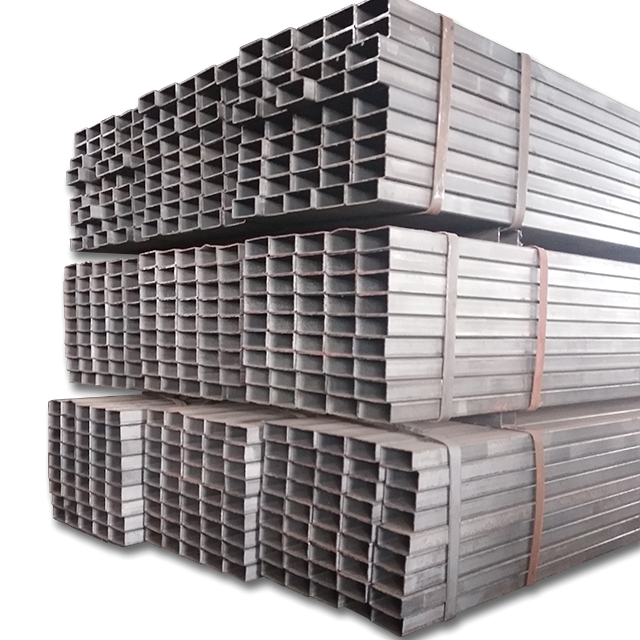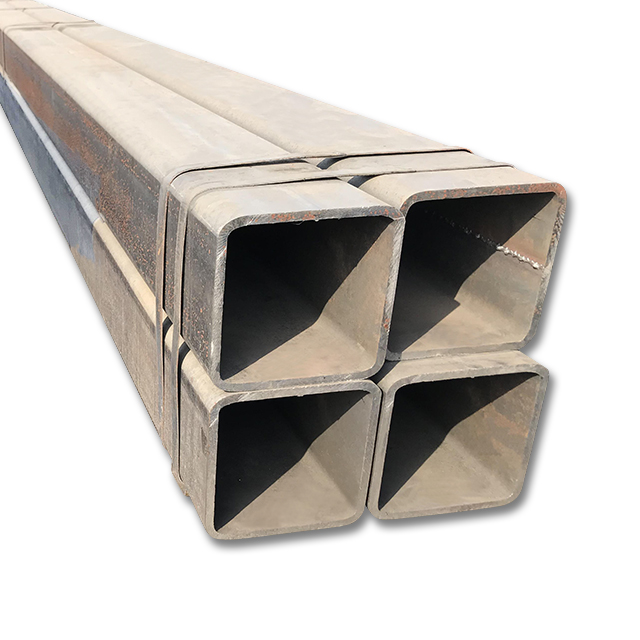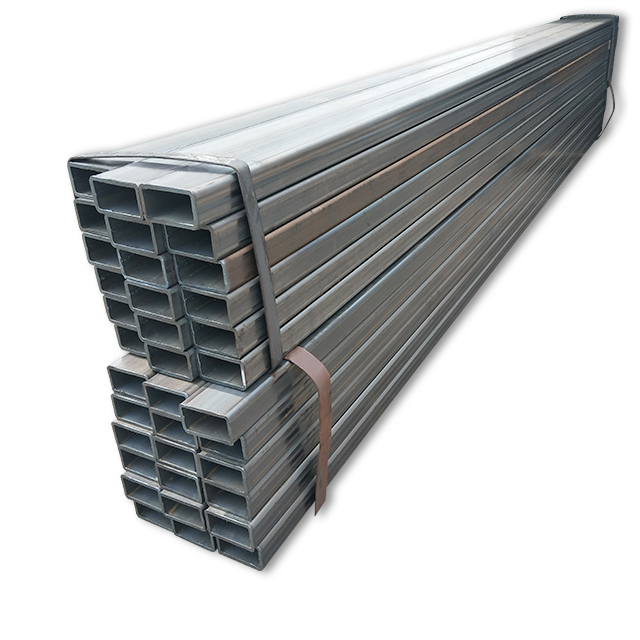Steel pipe refers to steel with open ends and a hollow cross-section, and its length is relatively large compared to the surrounding area. Steel pipes can be divided into seamless steel pipes and welded steel pipes according to production methods. The specifications of steel pipes are expressed in terms of external dimensions (such as outer diameter or side length) and wall thickness, with a wide range of sizes, from small diameter capillaries to large-diameter pipes with diameters up to several meters. Steel pipes can be used for pipelines, thermal equipment, mechanical industry, petroleum geological exploration, containers, chemical industry, and special purposes.

Understanding Steel Pipe
Steel pipe is a type of steel made with a hollow cross-section and a length much greater than the outer diameter (or side length). According to their different characteristics, steel pipes can be classified in various ways:
Divided by production method: seamless steel pipe and welded steel pipe. Seamless steel pipes are made through processes such as perforation or extrusion, without seams; Welded steel pipes are welded by bending and deforming steel strips or plates, with joints on the surface.
Divided by rolling process: hot-rolled steel pipes and cold-rolled steel pipes. Hot rolled steel pipes are rolled at high temperatures, while cold-rolled steel pipes are rolled at or slightly above room temperature.
Divided by material: carbon steel pipe, alloy steel pipe, and composite steel pipe. These steel pipes have different physical and chemical properties depending on the alloy elements they contain.
According to the cross-sectional shape, it can be divided into cross-sectional and longitudinal sections, but the common steel pipe cross-section is usually circular, and can also be flat, square, or irregular
Benefits of Steel pipe
1.Closed hollow geometric shape: suitable as a transport pipeline for liquids, gases, and some solids.
2.High strength and lightweight: Under the same weight, steel pipes have a larger cross-sectional modulus than solid parts, thus having greater bending and torsional resistance.
3.Good corrosion resistance: resistance to chemical media corrosion and water resistance.
4.Easy to process and customize: Steel has high plasticity and processability, and can be processed and customized in various shapes and specifications according to engineering needs.
5.Environmental Protection and Recyclability: Steel pipes are recyclable resources that help reduce resource consumption and environmental pollution
Applications of Steel pipe
1.Transporting fluids and powdery solids: such as water pipelines, gas pipelines, heating pipelines, etc.
2.Thermal equipment: such as boiling water pipes and superheated steam pipes used in boilers.
3.Mechanical industry: such as aviation structural pipes, automotive half shaft pipes, etc.
4.Petroleum geological drilling: such as oil drilling pipes, oil pipelines, etc.
5.Chemical industry: such as petroleum cracking pipes, chemical equipment heat exchangers, and pipeline pipes.
6.Building Structure: Used for manufacturing building structural grids, pillars, and mechanical supports, which can reduce weight and save metal.



Conclusion
In summary, steel pipes are an important metal material with a wide range of applications and unique physical properties. With the advancement of technology and the development of processes, the performance and application scope of steel pipes will continue to expand and improve. There are various production processes for steel pipes, including hot rolling, cold rolling, welding, and other methods. The continuous improvement and development of these processes have made the production of steel pipes more efficient and the quality more stable.
Post time: Aug-14-2024

